Aurelio Settimo

History
The Settimo family started cultivating the land, while also breeding animals, shortly after arriving in 1943. In these early days, the family kept only a small portion of the grapes to produce wine for themselves, friends and relatives, while the vast majority of the grapes were sold to the larger wineries in the area. However, by the end of the 1950s, Aurelia Settimo's family started to bottle some of the wine. Upon Aurelia's father's death in 1962, the family ceased animal breeding and mixed farming, opting to extend the vineyards instead. During this time, they continued to sell much of their grapes to larger companies, but in 1974 decided to expand their own practices and have maintain their own vinification practices since then. Presently, 0.97 hectares of the estate are planted with Dolcetto grapes, while 5.67 hectares are dedicated to growing Nebbiolo grapes.
Location
Frazione Annunziata, 30, 12064 La Morra, Cuneo, Italy
Current Ownership
The Settimo family
Interesting Facts
At 4,500 to 5,500 vines per hectare, the vines themselves range in age from 18 years to 46 years, having been planted at different times throughout the years. Aurelio Settimo is dedicated to only producing red wines of the DOC and DOCG status. They follow a traditional approach to their winemaking. Their Barolo's full body and present fragrance is largely as a result of the clay-like soil characteristic of the area. Specific elements of their process include long fermentation periods (15-20 days), aging in large (2,500L and 3,500L) oak casks, and the finished wines being held in steel and glass-lined, concrete tanks while the aging process utilizes large, french oak casks. They maintain a consistent temperature through the use of their cellar, which is dug directly into the hillside of San Martino.
- Vintage 2017
- Size 750ml
- Type Red
- Alcohol 14%
- Varietal Barolo
- Grapes Nebbiolo
- Winery Aurelio Settimo
- Region Piedmont
- Country Italy
- 2017
- 750ml
- Red
- 14%
- Barolo
- Nebbiolo
- Aurelio Settimo
- Piedmont
- Italy
- Vintage: 2017
- Size: 750ml
- Type: Red
- Alcohol: 14%
- Varietal: Barolo
- Grapes: Nebbiolo
- Winery: Aurelio Settimo
- Region: Piedmont
- Country: Italy
- Vintage 2018
- Size 750ml
- Type Red
- Alcohol 14%
- Varietal Barolo
- Grapes Nebbiolo
- Winery Aurelio Settimo
- Region Piedmont
- Country Italy
- 2018
- 750ml
- Red
- 14%
- Barolo
- Nebbiolo
- Aurelio Settimo
- Piedmont
- Italy
- Vintage: 2018
- Size: 750ml
- Type: Red
- Alcohol: 14%
- Varietal: Barolo
- Grapes: Nebbiolo
- Winery: Aurelio Settimo
- Region: Piedmont
- Country: Italy
- Vintage 2022
- Size 750ml
- Type Red
- Alcohol 14%
- Varietal Nebbiolo
- Grapes Nebbiolo
- Winery Aurelio Settimo
- Region Piedmont
- Country Italy
- 2022
- 750ml
- Red
- 14%
- Nebbiolo
- Nebbiolo
- Aurelio Settimo
- Piedmont
- Italy
- Vintage: 2022
- Size: 750ml
- Type: Red
- Alcohol: 14%
- Varietal: Nebbiolo
- Grapes: Nebbiolo
- Winery: Aurelio Settimo
- Region: Piedmont
- Country: Italy
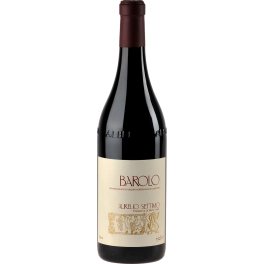
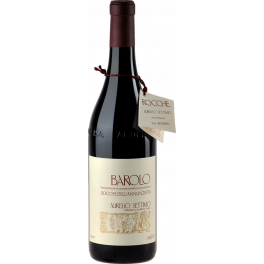
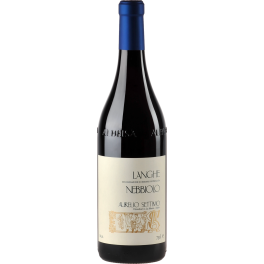







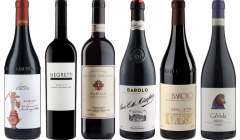
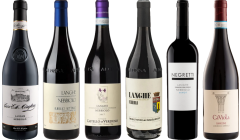
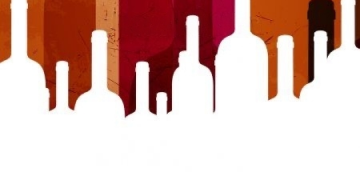
Excellent website with fabulous filters to search the best wines, In the fastest time possible! Love it